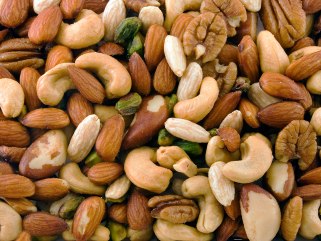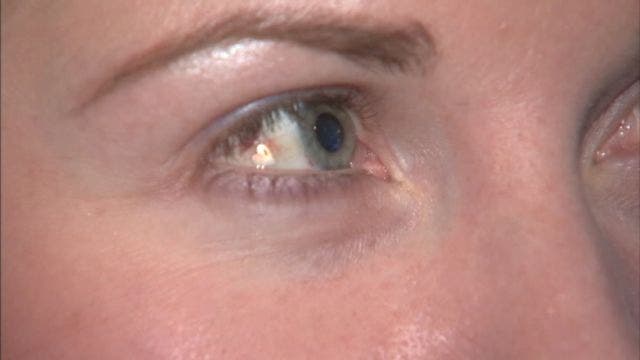
Eating steamed broccoli can help prevent cancer, according to a new study. New research reveals that the way people cook the vegetable can change its cancer-fighting abilities.
Eating steamed broccoli can help prevent cancer, according to a new study. New research reveals that the way people cook the vegetable can change its cancer-fighting abilities.
Researchers said that most ways of cooking broccoli and other cruciferous vegetables, which are rich in cancer-fighting sulforaphane, decrease their ability to fight disease. They explain that the enzyme myrosinase in broccoli is needed for sulforaphane to form, and if myrosinase is destroyed, sulforaphane cannot form.
The latest study compared boiled, microwaved and steamed broccoli. Researchers found that steaming broccoli for up to five minutes was the best way to preserve its myrosinase. For example boiling and microwaving broccoli for one minute or less destroyed the majority of the enzyme.
However, people who eat well-cooked broccoli can still get sulforaphane by adding raw foods containing myrosinase to their meals, according to researchers.
Participants in the latest study were given broccoli supplements with no active myrosinase. However, some participants ate a second food with myrosinase.
Participants who consumed myrosinase had significantly higher levels of sulforaphane in their blood and urine than those who did not eat the second food.
“Mustard, radish, arugula, wasabi and other uncooked cruciferous vegetables such as coleslaw all contain myrosinase, and we’ve seen this can restore the formation of sulforaphane,” researcher Elizabeth Jeffery of University of Illinois at Urbana-Champaign said in a news release.
“As we’re learning, food processing isn’t just what happens to food before it reaches the grocery shelves,” AICR associate director of nutrition programs Alice Bender added, according to HealthDay. “This research highlights that what you do in your kitchen can make those fruits and vegetables on your plate even more cancer-protective.”
The findings were presented at the annual meeting of the American Institute for Cancer Research in Bethesda, Maryland.
Source: Counsel heal







 Cadila Pharmaceuticals has announced the launch of Mycidac-C, an affordable, unique and innovative drug for the treatment of lung cancer.
Cadila Pharmaceuticals has announced the launch of Mycidac-C, an affordable, unique and innovative drug for the treatment of lung cancer.
 Baby Roona, who had undergone a series of surgeries at a hospital here in few months ago for an oversized head, will undergo follow-up surgeries, doctors at a city hospital said on Saturday.
Baby Roona, who had undergone a series of surgeries at a hospital here in few months ago for an oversized head, will undergo follow-up surgeries, doctors at a city hospital said on Saturday.

